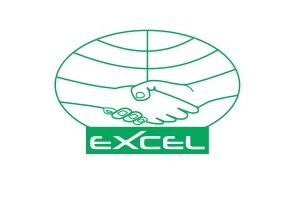Get A Quote
Get A Quote
+91

Home

Account

Get A Quote

About Us
Products
Materials
Contact Us
Connect with us
Get A Quote

Home

Account

Get A Quote

Stainless Steel 310 Seamless Pipe Fittings comprise chromium, nickel, and manganese, alloyed with iron for optimum strength and durability. It is produced in either annealed or solution-annealed forms to ensure the best possible tensile and yield strength when used in complex engineering applications. These steel fittings are known to possess outstanding resistance to corrosion and oxidation while remaining durable enough to handle warm water piping or higher temperature services without fear of it deforming or cracking. The chemical composition ensures that these stainless steel pipes have the perfect balance between flexibility, corrosion resistance, mechanical strength, and heat immunity.
Stainless Steel 310 Seamless Pipe Fittings provide corrosion, heat, and oxidation resistance - a must for any application in high-temperature settings. Due to their exceptional toughness and strength, these fittings are used for various industries such as oil refining, chemical and gas processing, nuclear energy generation, etc. Thanks to its ductility properties, working with this type of metal is easy even when the temperature drops significantly. It can also be annealed without losing its strength while maintaining excellent weldability. Its low-cost manufacturing makes stainless steel 310 seamless pipe fittings an attractive option compared to solid-state components generally used for piping systems.
Stainless Steel 310 Seamless Pipe Fittings comprise chromium, nickel, and manganese, alloyed with iron for optimum strength and durability. It is produced in either annealed or solution-annealed forms to ensure the best possible tensile and yield strength when used in complex engineering applications. These steel fittings are known to possess outstanding resistance to corrosion and oxidation while remaining durable enough to handle warm water piping or higher temperature services without fear of it deforming or cracking. The chemical composition ensures that these stainless steel pipes have the perfect balance between flexibility, corrosion resistance, mechanical strength, and heat immunity.
Stainless Steel 310 Seamless Pipe Fittings provide corrosion, heat, and oxidation resistance - a must for any application in high-temperature settings. Due to their exceptional toughness and strength, these fittings are used for various industries such as oil refining, chemical and gas processing, nuclear energy generation, etc. Thanks to its ductility properties, working with this type of metal is easy even when the temperature drops significantly. It can also be annealed without losing its strength while maintaining excellent weldability. Its low-cost manufacturing makes stainless steel 310 seamless pipe fittings an attractive option compared to solid-state components generally used for piping systems.





































-1688635827661.webp)




No more suppliers available.
Website Banner